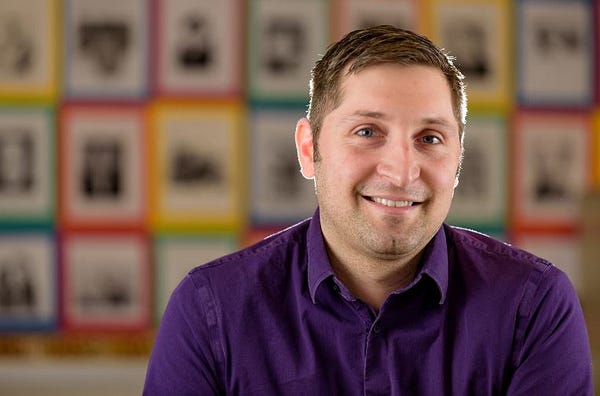“With More Time to Teach, We’d Visit Museums, Galleries, Archives, and Battlefields …”
A 2% cap on testing means teachers could tap into students’ natural curiosity and creativity–and their own
The Less Testing More Learning Act of 2017 is the real deal, and with two-thirds of senators signed on as co-sponsors this year (it passed the House of Delegates unanimously last year), hopes are high among parents and educators. The legislation calls for a reduction in mandated standardized tests that would limit elementary and middle school testing to 21.6 hours annually, and high school testing to 23.4 hours. Learn the details of the legislation here.

Josh Cramer is a civics teacher at Smithsburg High in Washington County. This year he’s teaching AP history. If you’ve been following our coverage of the General Assembly, you read his views on charter schools. Josh is back, this time to talk about the limits testing impose on teachers and students.
When you focus on testing, how do students respond to sthe process of learning?
It is in curiosity and the drive to discover and create that today’s students will become the innovators of the 21st century. When a teacher has to place an excessive focus on testing, it hinders the learning process and students can’t reach their full potential. As educators in a world where automation replaces human work in industry, it’s more important than ever that our students learn creative thinking skills.
Today marks the 135th birthday of that great genius of the 20th century, Albert Einstein. Indeed, the words “Genius…www.wbur.org
A realistic approach to studying history requires a lot of time learning how to conduct research and putting those skills into practice. The learning process for history classes should include skills in analysis and interpretation.
As educators, we’ve come to realize that many of the skills we’d like to prioritize are often put on the back burner and focus is directed on testing so that our students’ test scores, as well as our professional evaluations, do not suffer. But this is no way to learn our craft. Therefore, it is in everyone’s interests that testing be limited.
As educators we try to instill the values of working towards long-term goals. A scientist, historian, or mathematician may spend years examining a theory or studying a solution to a problem. But the long-term goals our students should be striving for goals and the goals of standardized testing are not aligned.
Furthermore, the skills assessed on a standardized test are often not a fair reflection of a student’s overall abilities. While testing can be an important evaluative tool for measuring proficiency and growth in both students and educators, testing should focus more on the learning process.
Students should see exams not as an uncomfortable mandatory exercise, but an opportunity to showcase the results of their curiosity, discovery, and creativity.
With more time for real instruction, what are some of the enriching lessons, field trips, and activities you would do to engage students in deep critical thinking?
A reduction in the amount of time testing and preparing students for tests would allow me to organize learning opportunities that would engage students and promote deep critical thinking.
History is fascinating but too often kids find it boring in history class. Here Larry Cuban explains why and what to do…www.washingtonpost.com
For example, as a history teacher I have always viewed the arts as a window into the past. One of my favorite things to do is to take students to art museums. When students have the opportunity to go out into the field and visit art galleries, museums, battlefields, and archives, it gives teachers the chance to make history real for our students. They have something tangible to relate the events of today with the past.
Even when field trips aren’t possible, teachers can bring the museum to students with online tours, or visits from museum staff. This allows students the chance to see history in new ways.
Unfortunately, the current over use of testing limits teachers’ abilities to provide students with enriching opportunities to see history outside of a pre-packaged curriculum. Teaching and learning should be an experience that educators and students can personalize, not an assembly line for automatons.

